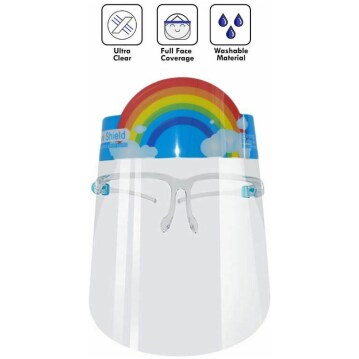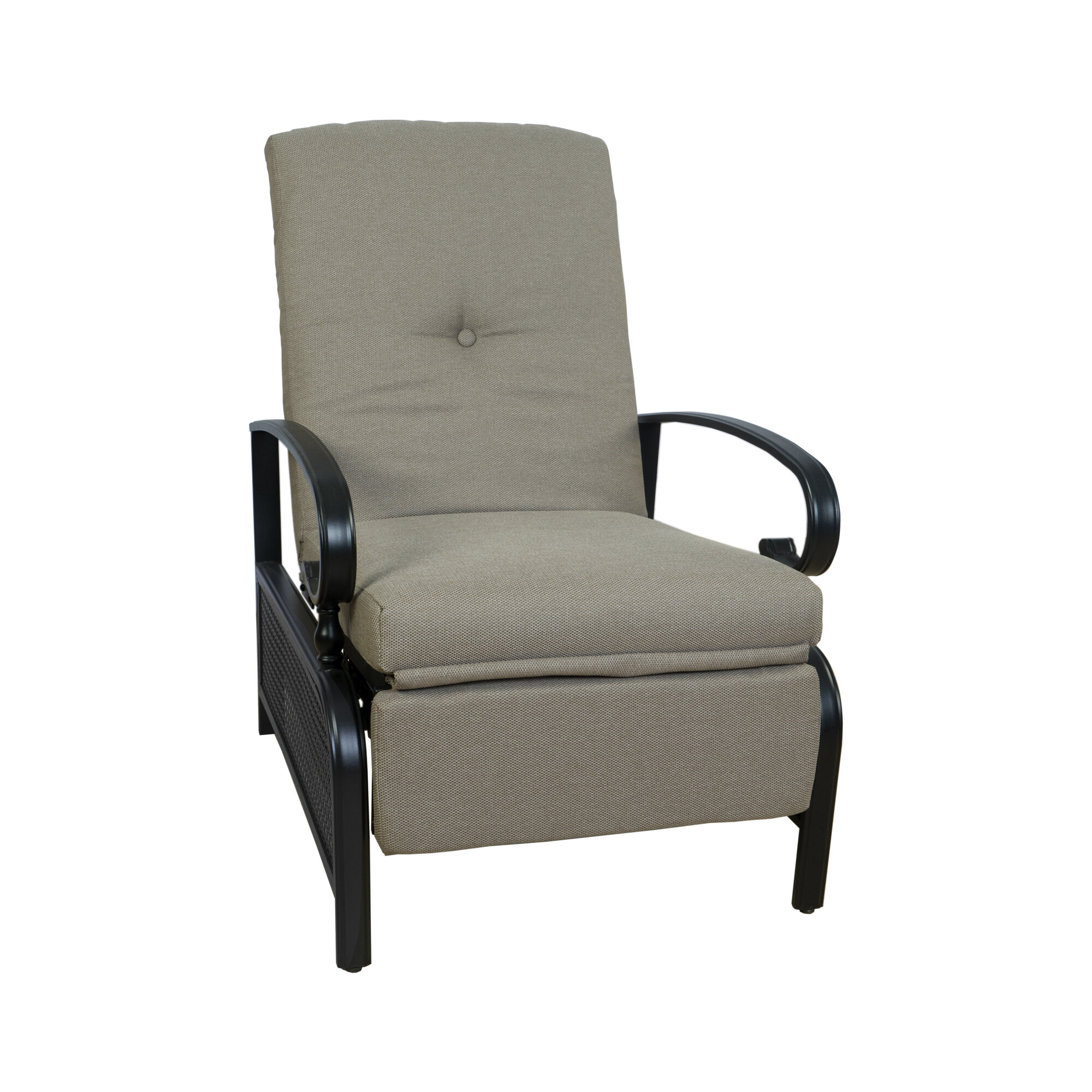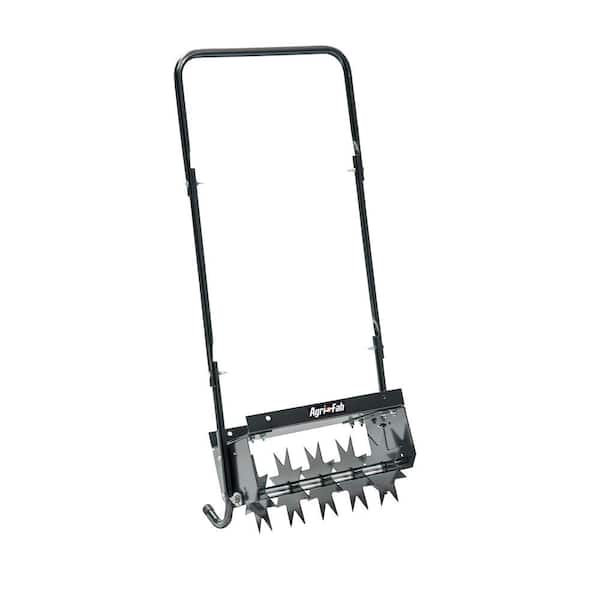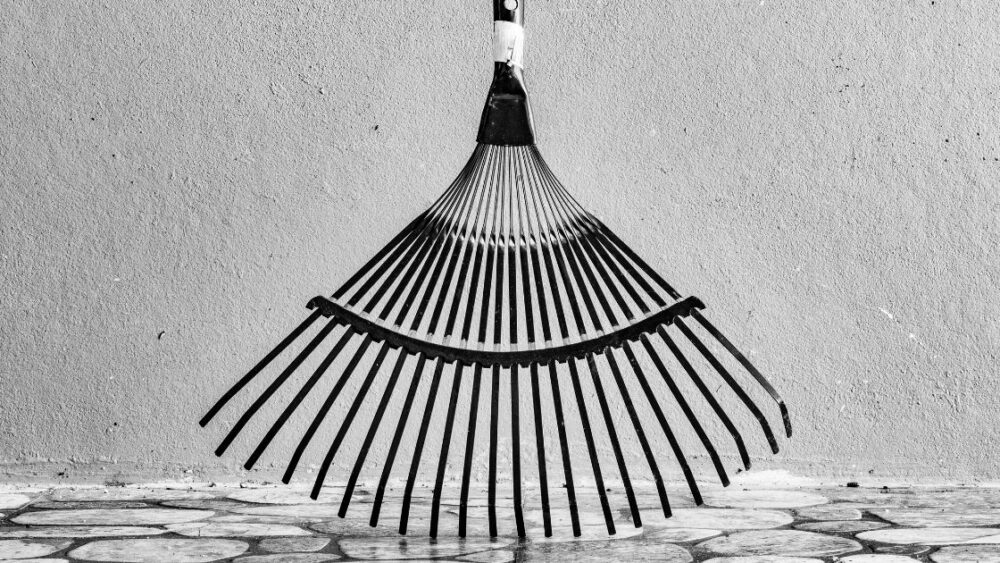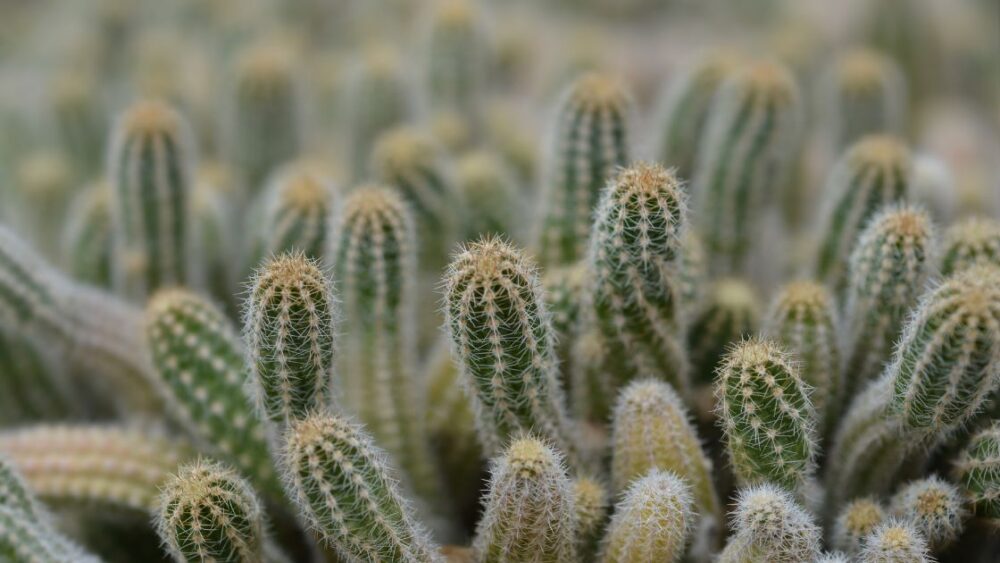
“Never mow right after aeration” is a widely known rule in lawn maintenance. Although mowing immediately after aeration isn’t as disastrous as many sources may have you believe, it’s still a good practice to perform the mowing before the aeration – there is no good reason to do it afterwards instead. By performing the mowing beforehand, you avoid walking on the newly aerated grass, which compacts the lawn and reverses most of the benefits of the aeration. There are other reasons for this rule as well, which we’ll discuss later.
Now let’s take a look at why it isn’t such a great idea to mow immediately after aerating and what can happen if you do. We’ll also explain the benefits of aeration, why it’s performed and which type of aerator will work best for your lawn. Let’s get started!
Is It Best to Mow Before Aerating and Why?
Before aeration is performed, you should mow the lawn with the mower set to around 2 inches. This makes the job of the aerator machine much easier, avoids clogging and allows for easier overseeding of the lawn. There is no practical benefit to mowing after the aeration instead, so the only situation in which you may consider doing that is if you simply forgot the mowing and went straight for the aeration.
Browse our Affiliate Products
There are a few problems, which mowing right after aerating can lead to. Here is a short list:
- By walking on the aerated lawn and running the mower across it, you are re-compacting it and a lot of the benefits of the aeration are lost.
- The blades of grass which fall during the mowing will reduce the effectiveness of the aeration and will make overseeding a lot harder, because the seeds won’t make proper contact with the soil and will stick to the blades of dead grass instead, preventing germination. This is especially true with plug aeration. Mowing after overseeding is also problematic, as the dead leaves will create too much of a cover, preventing proper germination. For those same reasons, if overseeding is done without aeration, leaf clippings are always collected and bagged beforehand.
- The plugs from the aeration procedure may get caught in the mower, creating a mess and damaging the blades. Sometimes however, post-aeration mowing is done specifically for the purpose of disintegrating leftover plugs. However, if it’s done with that intention, it’s performed a week or so after the aeration and the mower blades are expected to have to be re-sharpened afterwards.
- Aeration is best performed on a slightly moist soil and grass, while mowing works best when the grass is dry. So, the optimal order of things is to first mow the lawn, then water it and then, after a few days – aerate it, after which you can overseed.
After aerating, it is helpful to use a grass catcher when mowing because it won’t hinder growth of new grass, seed, and topping from clumping. If not, it is best to raise your blade deck to the highest deck setting and gradually lower the blades till you have an even green mowed appearance. This is to ensure your grass discharge is minimal while preserving your aerating efforts.
When Should Aeration Be Performed on a Lawn?
The ideal month for aeration depends on whether the grass is classified as a ‘warm season’ or ‘cool season’ one. For cool season grass, aeration can be performed late in the fall, but at least a month before the first frost is expected to arrive. You shouldn’t aerate when your grass isn’t actively growing and is dormant.
Aerating very late into the fall can create a lot of problems and can create large patches of dead grass, which can be difficult to overseed. The same is true for aerating too early, which can leave the stressed grass vulnerable to late-spring cold spells. Warm-season grasses, like Zoysia grass can be aerated during the summer, with the optimum time being early summer/very late spring.
Can Mowing Disturb The Top Dressing Layer or Damage New Seeds?
If you are overseeding the lawn with seeder, or applying a top dressing layer of soil, you should avoid all procedures, including mowing for a few days – ideally, for up to 10 days. Mowing or aerating after top dressing negates a lot of its benefits and can greatly hinder the germination of newly sown seeds. Many times it a good idea to use quality seeds, if your intersected check out this article. Jonathan Green Lawn Care (Review and Product Guide)
For more information on seed spreaders check out this articles. What are Broadcast Spreaders? (Types and Uses)
Do Plug Aerators Work Better Than Spike Aerators?
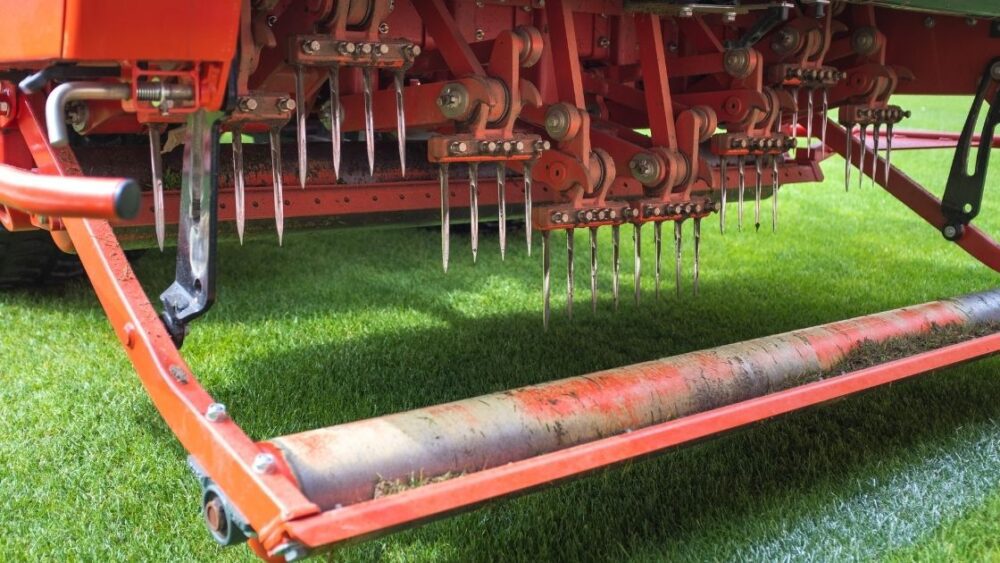
Spike aerators and plug aerators are the two main types of machines used for aeration. Plug aerators are usually a lot more dependent on proper soil conditions in order to work optimally – they work well only when the soil is neither too dry, nor too moist. Even though they have a narrower window of optimal soil moisture, plug aerators are sometimes necessary, because they work very well for very compacted, clay-heavy soils.
Spike aerators don’t work well for soils which are very high in clay – they tend to only move the soil around without creating sufficient air pockets. If you squeeze a handful of soil in your hand and it keeps its shape, your soil is likely high in clay. On the other hand, if the soil ball crumbles quickly after being released, you probably don’t have much clay in your soil and a spike aerator can do a good job of aerating it. This is not a very accurate test and is highly dependent on the soil moisture, but it is still the one you can most easily do at home, without any equipment.
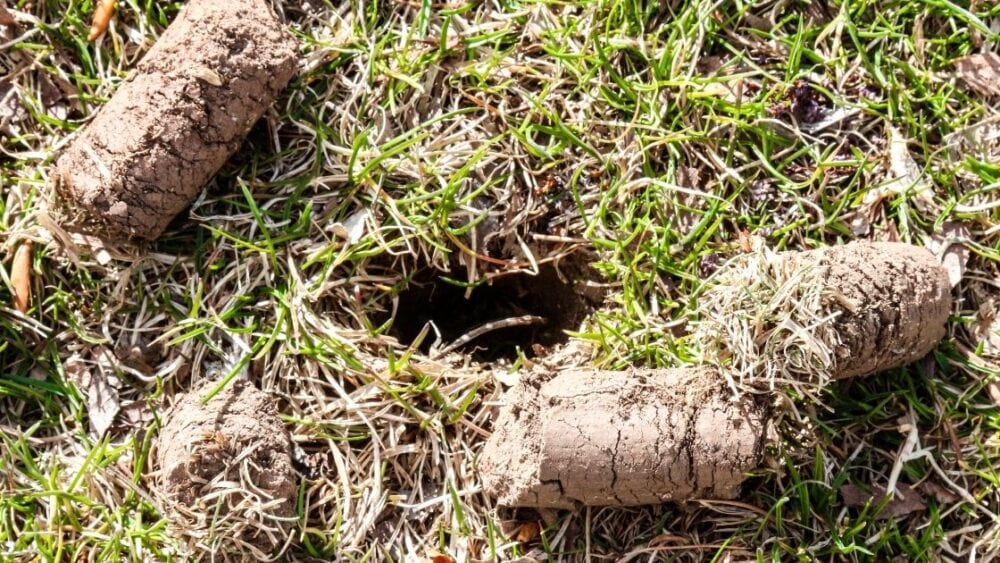
A disadvantage of plug aeration is that the plugs which are taken from the soil, remain on the surface of the lawn, until water washes them down and decomposes them. This can take a few weeks. Spike aerators only loosen up the soil and don’t create those plugs.
How Long After Aeration Can I Mow My Lawn?
It’s best to wait at least a week, but many experts will tell you that waiting 2 weeks is better. At this point, the lawn will probably have reached around 4-5 inches of height, which is not a problem. However, this is high enough to cover up any sprinkler heads you may have installed, so it’s best to remember where they are beforehand to avoid damaging them with the mower.
If you’ve overseeded the lawn after the aeration procedure, it’s best to wait for the new leaf blades to emerge at least an inch above the soil before mowing. Mowing before this can cover up the new growth with dead leaves and kill it by preventing light from reaching it. This is also true when one neglects to mow their lawn for a extended period of time. Here is an article explaining just that. What Can Possibly Happen if you don’t Cut Your Grass?
Is Aeration Really Necessary and What Happens if It Isn’t Performed?
Aeration, just like dethatching, topdressing and overseeding isn’t necessary – it’s usually performed on lawns which are too compacted. Compaction has a few tell-tale signs, including puddles of water forming in certain spots and poor, yellow growth of the grass blades.
The symptoms of compaction can sometimes mimic those of over or under-fertilization, so you should always take into account the physical appearance of the soil and not just the health of the leaf blades. Puddles that remain for more than a few hours after a rain are usually the best indicator that aeration is highly recommended.
The more clay-heavy the soil is, the more frequently it needs to be aerated. For the most compacted, clay-heavy soils, aeration should be performed at least once a year. For more loose soils, aeration can be skipped altogether or may be performed once every 2 or 3 years.
Either way, aerating is good for ones lawn because it lets water seep into areas that many be too compacted after months of heavy use. While this is a good way to bring back grass, aerating is of no use if you have irrigation problems, or one always forget to water. Like all other plants, watering is key.
Final Thoughts
Mowing your lawn immediately after aeration is not recommended for the simple reason that mowing beforehand works much better. The mowing process can undo a lot of the benefits of aeration and can make overseeding less successful. If you’ve aerated your lawn, but have forgotten to mow it beforehand, it’s best to still wait at least a week before you do so.
